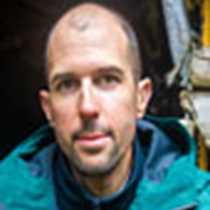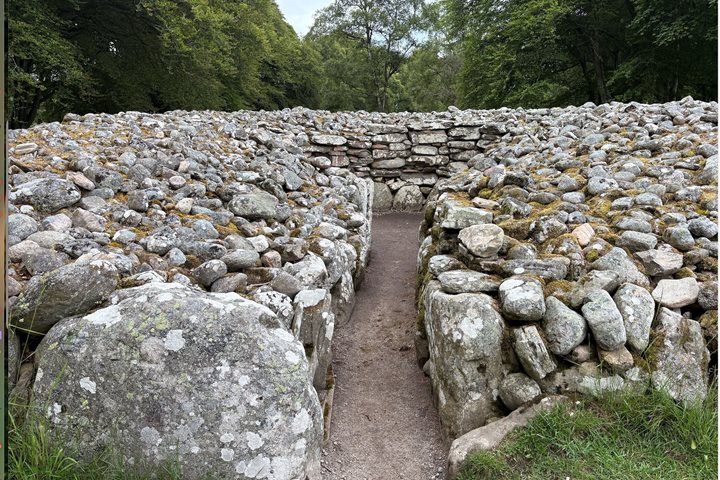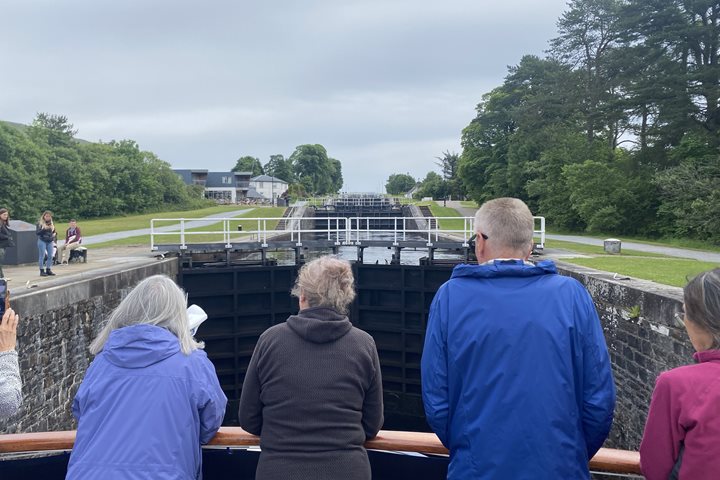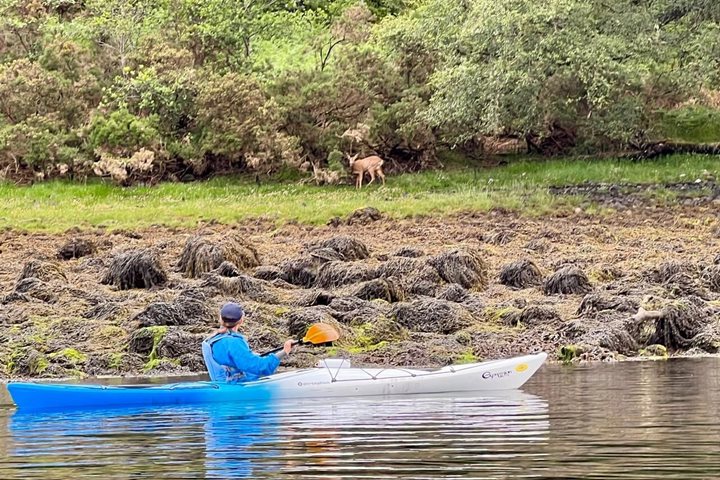We departed Inverie on the Knoydart peninsula of the Scottish mainland during breakfast for a day of exploration in the Inner Hebrides. The Hebrides were named by ancient Greek cartographers, for Britain was known in the ancient world for its wealth of mineral products, particularly copper and tin, much sought after by Bronze Age cultures throughout Europe. This Hebridean archipelago is divided into the Inner and Outer Hebrides. The landward Inner Hebrides, a sailor’s paradise, include Skye, the Small Isles (comprising Rum, Eigg, and Muck), Iona, and Mull, all of which we visit on this itinerary.
The distinctive profile of Eigg soon came into view ahead of the ship. An Sgurr rises dramatically some 393 metres from sea level, a spectacular geological feature comprising a pitchstone lava layer spread over columnar basalt. Golden eagles soared above its summit. Socially, the island has had a dramatic recent history, with a community buy-out for the island suggesting a new way forward for these island communities and Eigg now in the forefront of green energy production. We had a morning to explore with a number of guided walking options.
During lunch, we departed for Mull, a two-hour transit that involved passing Ardnamurchan, the most westerly point on the British mainland, marked with a splendidly engineered lighthouse. The lighthouse is one of many in the Hebrides built by the Stevenson brothers—father and uncle of the author Robert Louis Stevenson, whose Treasure Island is based on the geography of Mull. Tobermory, the principal settlement on this large Inner Hebridean island, is today a colorful community where locals mix with visiting yachtsmen. The name is derived from the Gaelic for Mary’s Well, a feature that can still be found adjacent to the town’s whisky distillery, where some of us had an afternoon tour and tasting of its distinctive single malts. Tobermory is home to the Hebridean Whale and Dolphin Trust, an organization that has done sterling work to advance the cause of marine conservation in Hebridean waters, now a designated Marine Conservation Area, noted for its populations of minke whales and a distinctive pod of orcas. Before dinner we heard from a representative of the trust who described their work and achievements.









